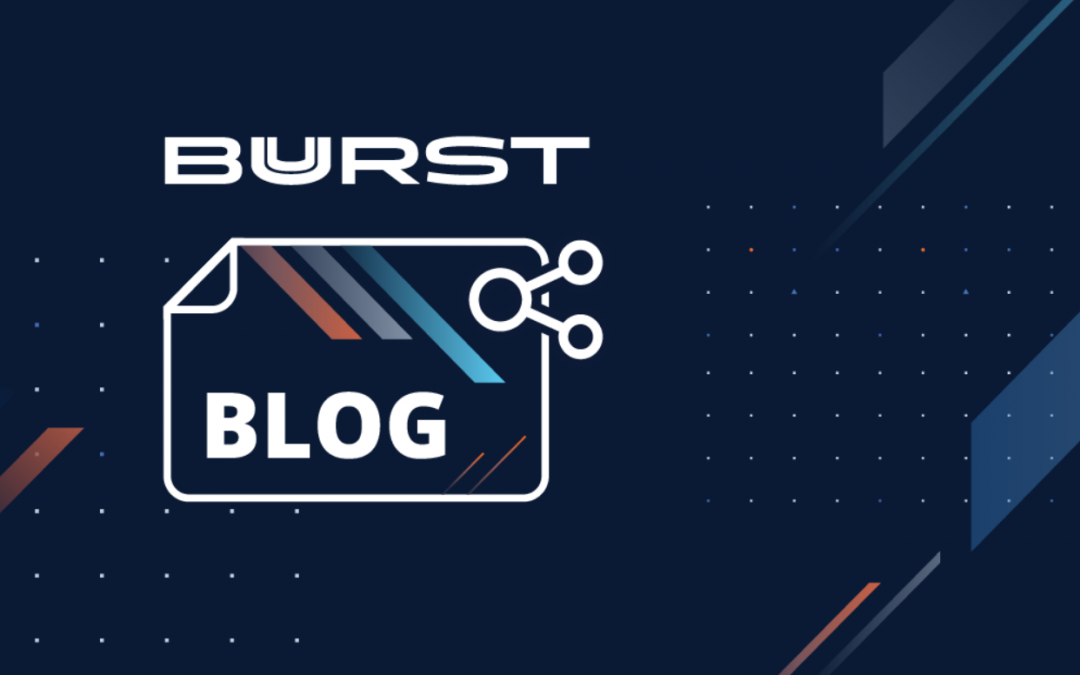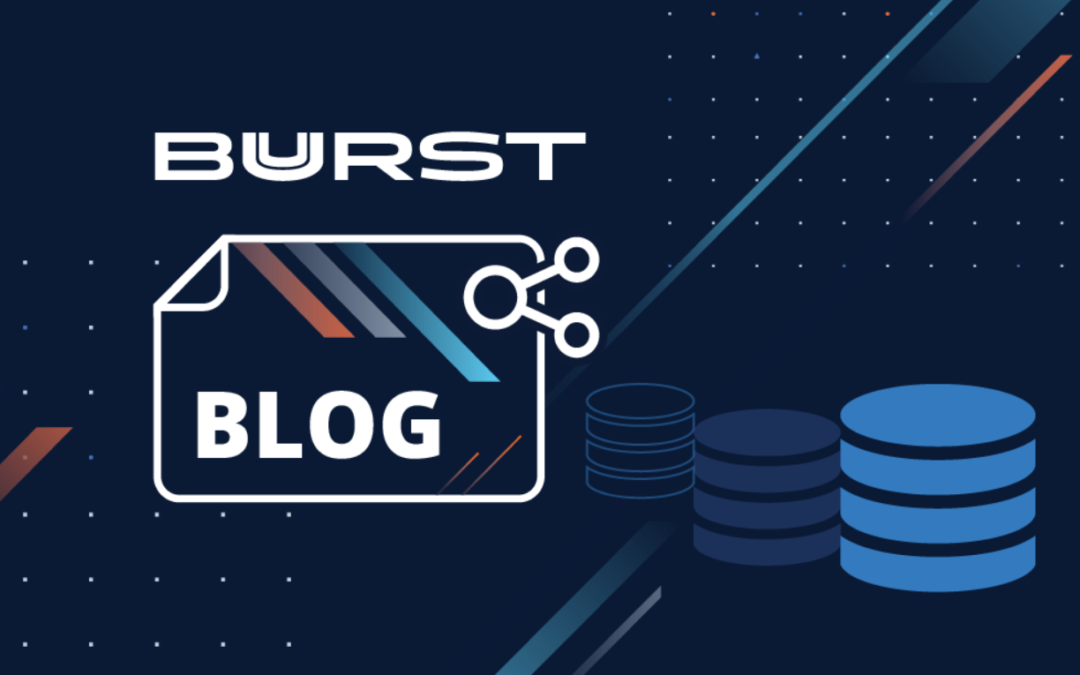
by Buurst Staff | Press Coverage

With an eagle eye for the emerging problems of moving current business application storage needs to the clouds come a newly announced partnership between Talon and SoftNAS. Now that the (terrible) puns are out of the way, let’s get into the announcement.
The Cloud Storage of Tomorrow, TODAY!
Cloud storage is pretty cool. It’s scales on-demand, has virtually limitless capacity, reasonably reliable, and cheap to boot. If you were creating a new application for an enterprise, it would probably have cloud storage integrated in, it just makes sense. But for existing applications, it’s a much tougher sell. First, inertia in the enterprise is very real. It’s often the rule of thumb to grind it out with an inferior solution as long as you can, even if grossly inefficient because.. well money. Large organizations slowly go numb to the disadvantages of traditional storage, or just have such a volume of data sitting on NFS shares that it seems impossible to move to the cloud.
Talon and SoftNAS started working together late in 2016 to solve this problem. Their goal is to move traditional enterprise storage to the cloud without making organizations fundamentally rewrite apps, to provide a single software-defined storage footprint.
As far as who’s doing what, in the simplest terms, SoftNAS is leveraging the physical properties of the cloud, and Talon takes care of the edge, solving the last-mile to the enterprise problem. SoftNAS provides the addressable cloud backend for your apps to write to via their Cloud NAS. Talon provides a lightweight VM sitting on your network edge via their Talon FAST “global fabric”. It makes for a potent combination.
Cache Money
The network edge part does some pretty interesting intelligent caching. The idea behind this is to not constantly replicate everything that you need across all your different edge devices, rather to cache just a potion of what you need for local access generally about 2-5% of total storage, and includes metadata to speed access. From a user perspective, it just looks like one mass of addressable storage, you just see a single namespace.
Aside from scale and flexibility, the caching methodology works well for cost savings as well. Since you’re being charged for data egress from the cloud, intelligently caching locally massively reduces the need to pull from storage. Additionally, it’s WAN friendly, since only deltas are sent and received. SoftNAS and Talon are touting their solution as costing half to a third of what traditional on-premises storage would run over three years. What you’re spending in egress and licensing, you’re saving in maintenance, power, and future provisioning.
This partnership seems pretty significant to me. Cloud storage is surely the way of the future, but the enterprise is built on a legion of applications made before that was even a glimmer in the public cloud’s eye. It’s easy for me to sit back and mock organizations for being slow to adapt to a new paradigm. But the truth is doing so requires a significant amount of additional investment that’s often hard to justify. SoftNAS and Talon are wisely providing a way to give the enterprise as it exists today an onramp to cloud storage.

by Buurst Staff | Press Coverage

Hybrid Cloud NAS Overview
Businesses of all sizes are experiencing rapid growth of their unstructured data, and more than just traditional user files created by office productivity applications. This growth includes backup data, sensor data, and data from internet-connected devices like surveillance cameras. The cloud seems like an ideal destination for this data, but many businesses don’t have the experience or the expertise to get this data to the cloud. The mid-market data center needs a cost-effective solution that delivers hybrid cloud NAS storage in an easy-to-consume manner.
These businesses are ideal candidates for a cloud storage gateway, on-premises appliances (software or hardware) that act as a cache or sync to remote cloud storage. Gateways present local protocols that the data center is used to like NFS, CIFS, SMB and iSCSI, and then translates those to a RESTful or Object Storage backend. Because of this, the cloud storage gateway market is expecting a compounded annual growth rate (CAGR) of 54%, according to research firm Research and Markets.
SoftNAS recently announced their SoftNAS Cloud NAS – Storage Gateway to provide mid-market data centers with a cost effective alternative to the traditional cloud gateway. Their solution is a software-defined, hybrid cloud NAS that runs on hardware of the customer’s choice, even as a virtual machine. It can then connect to a variety of backend storage systems including AWS, vSphere, Azure to S3. The gateway automatically caches the new and most active data so that it is available to local users but also safely stored in the cloud.
The SoftNAS Cloud NAS is a robust Cloud NAS offering as well. It provides the features that enterprises would expect like thin-provisioning, instant and scheduled snapshots, space efficient writable clones with SnapClones™, Windows Previous Versions support, RAM and SSD caching, inline deduplication, and data compression. SoftNAS is also highly scalable, each filer can store up to 16 PB of information in the cloud. The File Gateway was part of the SoftNAS 3.3 release, which also includes improved data protection, writeable SnapClones, and AWS cross zone private HA support.
Another interesting option is to use the SoftNAS file gateway with VMware VSAN. SoftNAS complements VMware Virtual SAN with the requisite NAS feature set, combined with unified storage access using NFS and CIFS/SMB with Active Directory integration. It extends the VMware environment to include highly durable cloud storage and provides VMware with the features set described above.
StorageSwiss Take
Cloud storage gateways are an ideal first step to the cloud for mid-market data centers. They enable cloud backup without changing software and they provide an ideal way to archive older data to the cloud by just copying it to a network share. As confidence grows the organization can begin to use the gateway as the primary NAS store and potentially eliminate the cost of on-site NAS storage going forward. SoftNAS provides an ideal first step to cloud storage by delivering a package that is easy to access (software download), easy to implement, and easy to use.
Try Buurst SoftNAS
Visit Storage Switzerland.

by Buurst Staff | Press Coverage

The latest figures from public cloud management workload provider 2nd Watch has found a significant uptake in network access storage (NAS) products from customers using Amazon Web Services (AWS). AWS usage is up year-over-year.
2nd Watch, which manages more than 10,000 AWS instances for enterprise, put together a scorecard showing the hits and misses of Q414. EC2 remains the most popular AWS service, with 98% of customers using it, just ahead of S3 (97%). Amazon’s SNS push notification service was the next most popular (65%), ahead of hosted message queuing service SQS (46%), and relational database RDS (45%).
Yet it was storage that proved the most interesting entry in this quarter’s scorecard, with three SoftNAS services making the top five product rank. SoftNAS (#2), Cloud Standard (#3) and Cloud Express (#5) all featured, but all behind Barracuda Web Application Firewall which topped the chart. NGINX Plus rounded off the top five.
The majority of users plump for small EC2 types (35%), compared alongside medium (19%), large (17%) and extra large (13%). Performance monitoring analysts Cloud Spectator mused in a January report that EC2 offered “significant” cost advantages over a long term investments, therefore expect this trend to arguably increase in the coming quarters. AWS was also at the summit when CloudHarmony examined the most reliable public cloud providers in 2014.
The average rate for EC2-SQL Server Standard was $0.786, while it was $0.465 for EC2-SQL Server Web. By region, South America ($0.578) was the most expensive, followed by US East ($0.403), EMEA ($0.137), Asia Pacific ($0.135) and US West ($0.125).
Even though EC2-SQL Server Standard was the most expensive on the card, it had dropped from $1.27 in Q314. 2nd Watch attributes this to more companies leveraging the T2 class instance over the traditional M class – and adds that this trend will continue apace for Q115.
Figures from CloudEndure in January found AWS had a 41% reduction in performance issues quarter to quarter during 2014. With these numbers on top, it certainly provides a compelling argument. 2nd Watch has had a busy couple of months itself, announcing its Cloud Factory service to offer a fixed fee migration service to AWS, as well as doubling its revenue in 2014.
via CloudTech
by Buurst Staff | Press Coverage

SoftNAS LLC achieved 50% average sustained revenue growth per month during the first half of 2014.
The company has grown its customer base to nearly 250 enterprise organizations across 12 countries, including several Fortune 500 companies such as Coca-Cola, GE Oil and Gas, and Netflix.
UBS AG surveyed 101 CIOs in the U.S. and Europe and found that more than half will gradually move some critical data to a public cloud; a third of respondents plan to move to a public cloud as quickly as possible. (more…)







